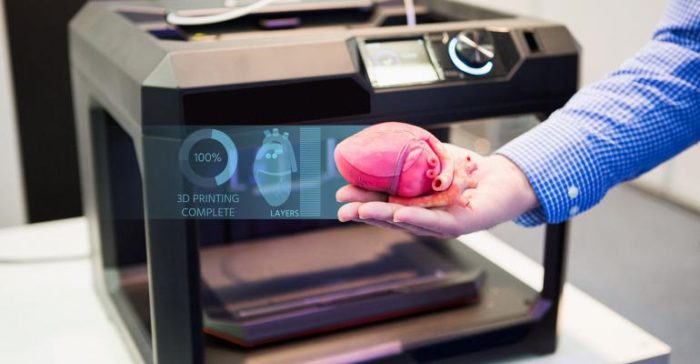It’s easy to lay it on thick when discussing what 3D printing can do for industry and society, but its creator, Chuck Hull, cuts through the hype with old fashioned honesty.
Because of 3D printing, someday we’ll be able to grow new organs and body parts from biomaterials…
by John Patrick Hitch Senior Editor, IndustryWeek
photo: Scharfsinn86 | iStock | Getty Images Plus
…erect custom-designed houses on-demand in a day and manufacture electronic devices with circuitry printed right inside. That’s not hyperbole or hypothesis; this stuff is all being tested now and is closer to being real than you think.
With the speed at which things are moving, it won’t be long before superior machines such as HP’s Multi Jet Fusion printers, which produce sturdy, usable parts at a rapid pace, will seem as archaic as a dot-matrix printer does to us.
It’s hard to predict how far the industry can go, as the authority on such things, the Wohlers Associates, predicted in 2013 that the industry would be worth $10.8 billion in 2021. The 2019 Wohlers Report now predicts by 2022 that number to be $23.9 billion. It’s safe to say the industry is exceeding everyone’s expectations.
It’s a bonkers industry right now, maybe even the one with the most potential to change the world. But what you may not know is that it had as humble a beginning as a world-changing invention can. And it was started by an equally humble man, Chuck Hull, a Geppetto-like figure who had no idea how magical his creation would be.
Carving an Industry
In the early 1980s, Hull kicked off the additive manufacturing movement with the advent of stereolithography (SLA), which uses a rapidly moving beam of UV light to cure specific parts of the liquid resin pool below, sculpting it from the bottom up as the build tray drops deeper into the pool.



